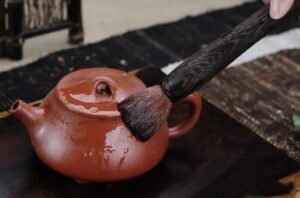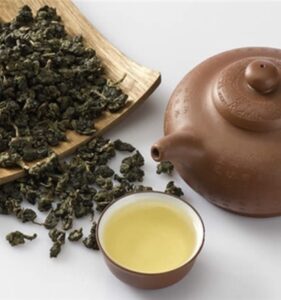Green tea
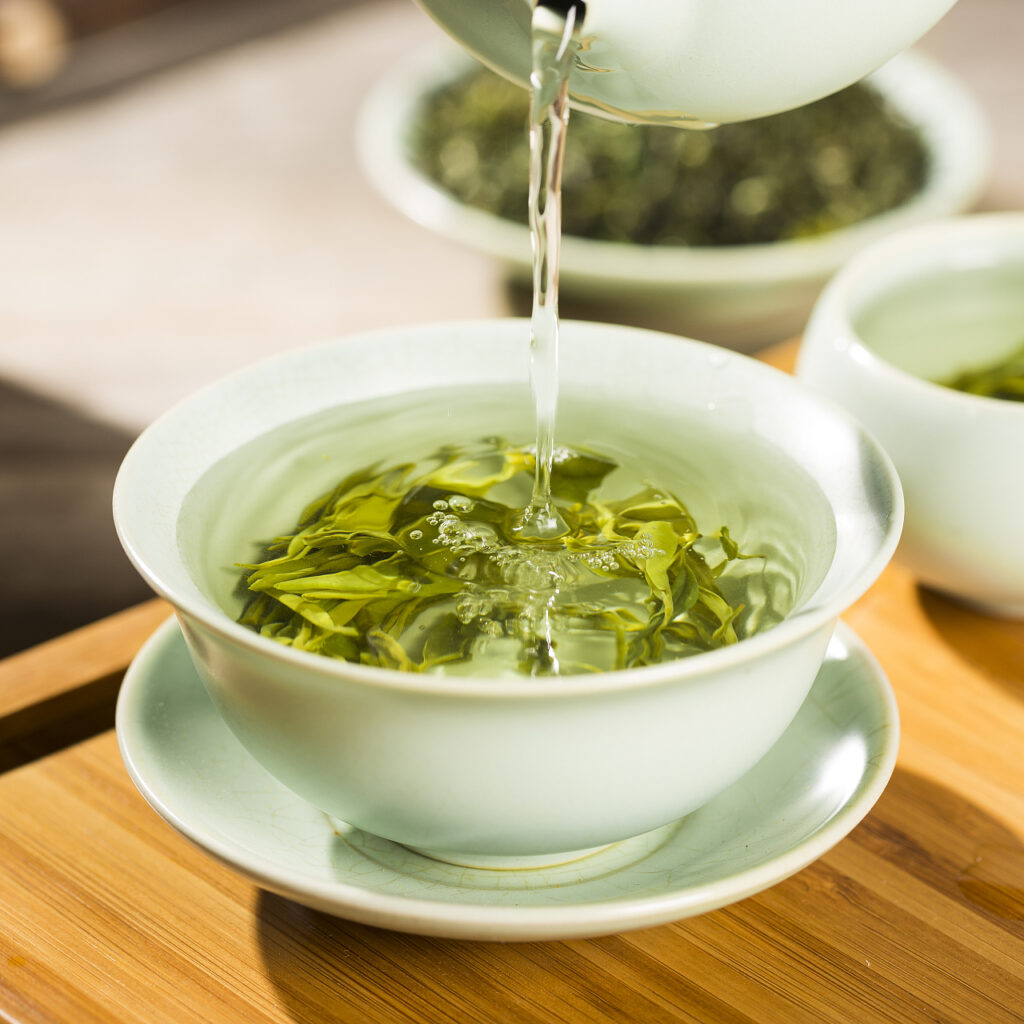
Green tea focuses on maintaining its delicious taste and tender color, both of which are most afraid of high temperatures. If the temperature is too high, it can cause the destruction of substances such as vitamin C and polyphenols, decrease the freshness, and darken the color.
Key points for brewing:
Green tea is suitable for brewing in glass cups, and its shape can be observed. Slowly soak the tea leaves in water at 80-90 ℃, allowing them to naturally stretch and release their contents slowly. Instead of using boiling water to violently impact and destroy its freshness.
Black tea
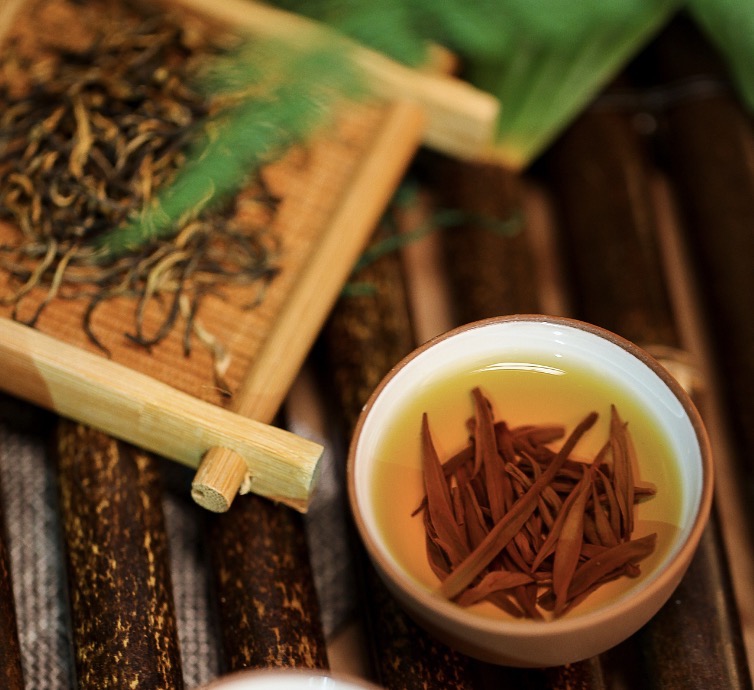
Black tea is a fully fermented tea, and if not brewed properly, it is prone to sour and even bitter taste.
Key points for brewing:
Black tea should not be left to brew. After adding water, the soup should be brewed as soon as possible to obtain a sweet and refreshing cup of black tea. The cover bowl used must have a large mouth for heat dissipation and breathability.
The amount of tea can be reduced, allowing the tea leaves to have sufficient ventilation space and not to become stuffy.
Drip the soup clean and do not leave any water in contact with the tea leaves for too long. After pouring the soup, open the lid to dissipate heat
Yellow tea

The key points for brewing yellow tea are basically the same as those for green tea. Yellow tea belongs to light fermented tea, such as Mengding Huangya and Junshan Yinzhen.
Key points for brewing:
Huangcha tea is delicate and tender, and too high a water temperature can heat the tea leaves, so it is best to brew at a temperature between 85-90 ℃.
Brewing yellow tea, add a quarter of the yellow tea leaves according to the capacity of the tea set, and you can also consider adding or subtracting according to your own taste.
The optimal brewing time for the first brew is 30 seconds, the second brew extends to 60 seconds, and the third brew extends to about 2 minutes, resulting in a better taste of the tea soup.
Using a glass or porcelain cup, especially a glass cup soaked in Junshan Silver Needle, one can enjoy the tea leaves slowly rising and falling like a group of bamboo shoots breaking through the ground, stacking green and green, creating a wonderful spectacle of “three rises and three falls”.
dark tea
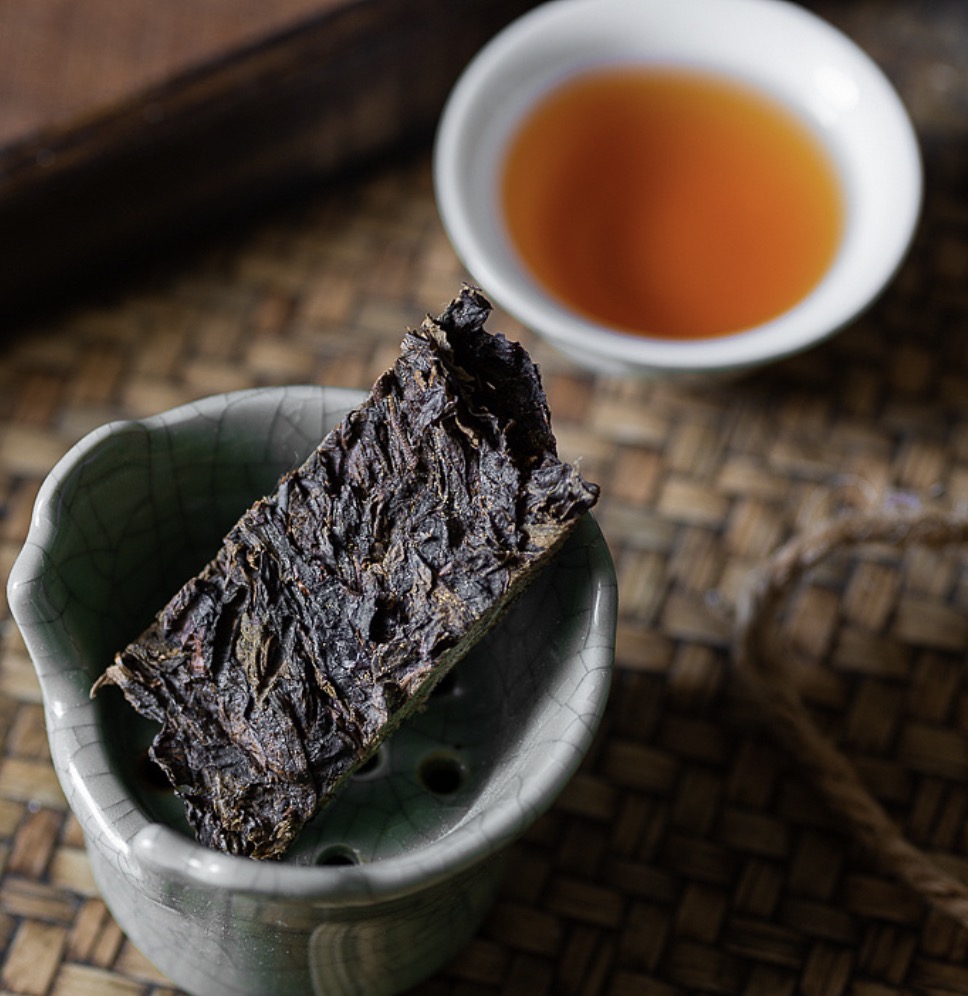
During the post fermentation and storage process of black tea, it is inevitable to produce some stored and outdated odors. Of course, if it’s moldy and spoiled tea, it’s a different story and definitely not drinkable.
Key points for brewing:
Tightly pressed black tea, before drinking, should be broken into chunks, placed in a well ventilated and dry place for a few days, and then stored in a breathable pottery jar for one to two months.
When brewing, the first brew should be moistened first to allow the tightly pressed tea to fully unfold and dissipate any odor. The second brew is better to drink.
But it is important to note that the tea should not be moistened for too long, and the soup should be quickly brewed to avoid losing too much of its contents.
Oolong tea
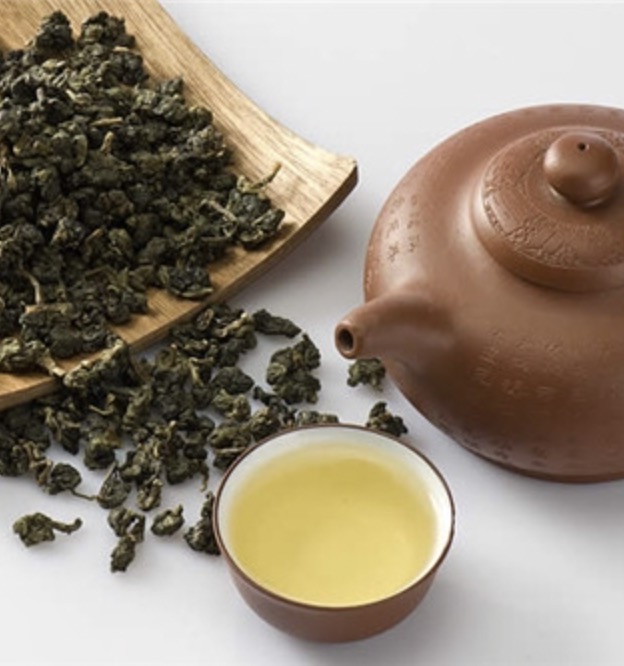
Fujian, Guangdong, and Taiwan are the main production areas of oolong tea, and the popular Kung Fu tea brewing method in these areas is the brewing method of oolong tea.
Small teapots and cups are standard for Kung Fu tea, and a warm cup is needed to heat the teapot before brewing. The brewing technique emphasizes high pouring and low pouring to maximize the preservation of the tea aroma and flavor.
Key points for brewing:
Oolong tea needs to be brewed with boiling water. The key to brewing single bundle tea and rock tea in a strip shape is to brew immediately, while the time for brewing granular oolong tea can be slightly longer. After the tea leaves stretch, the brewing speed can be increased, and after brewing for five times, the time needs to be extended.
White tea
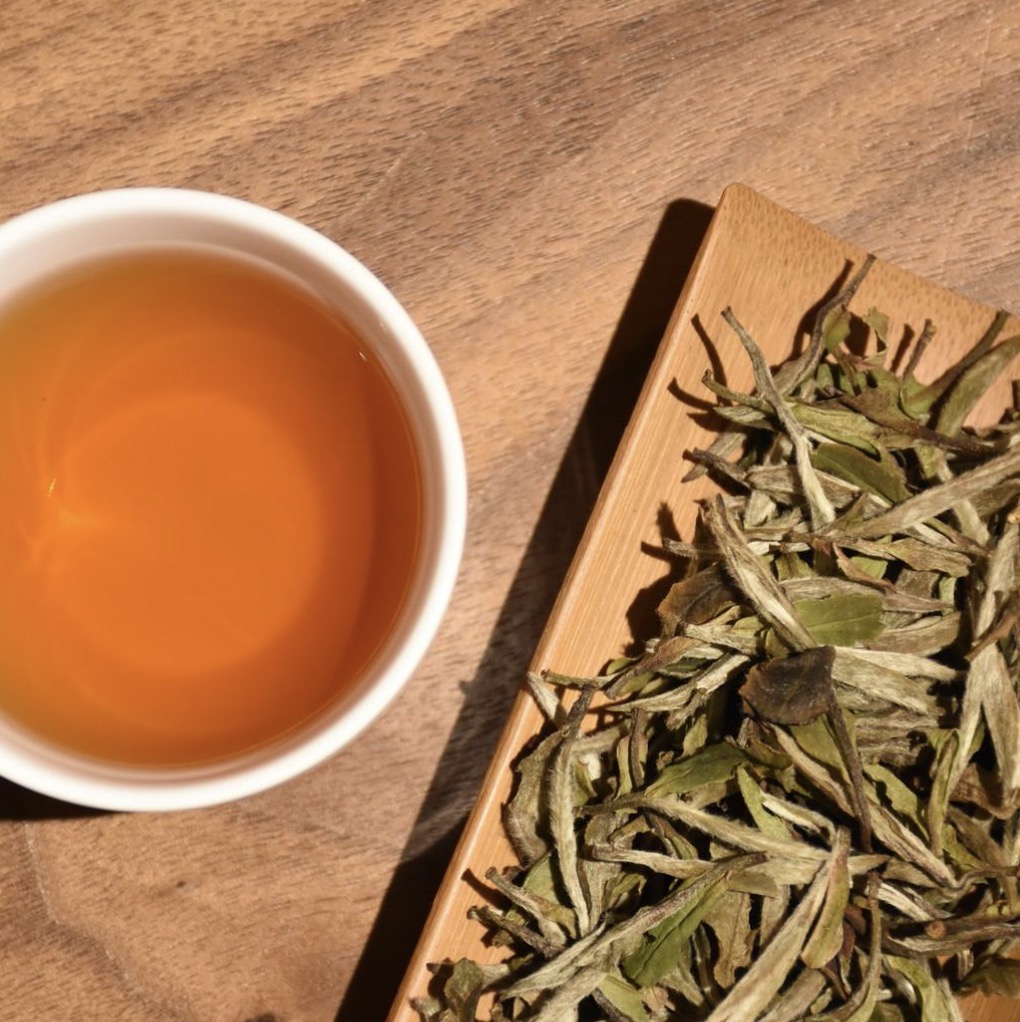
The raw material grades of white tea are generally divided into Bai Hao Yin Zhen, Bai Mu Dan, and Shou Mei based on the tenderness of picking
Key points for brewing:
White hair silver needles and high-grade white peonies need to maintain their freshness and sweetness, so boiling water should not be used. Generally, 90 ℃ is recommended, and the brewing time is about 30 seconds.
Ordinary white peonies and longevity eyebrows can be brewed with boiling water, while white peonies have a shorter brewing time than longevity eyebrows. Longevity eyebrows, especially those that have been stored for more than 3 years, can not only be brewed but also boiled for drinking. After brewing for 5 bubbles, they can be placed in a teapot and the brewing time can be adjusted according to personal taste.


